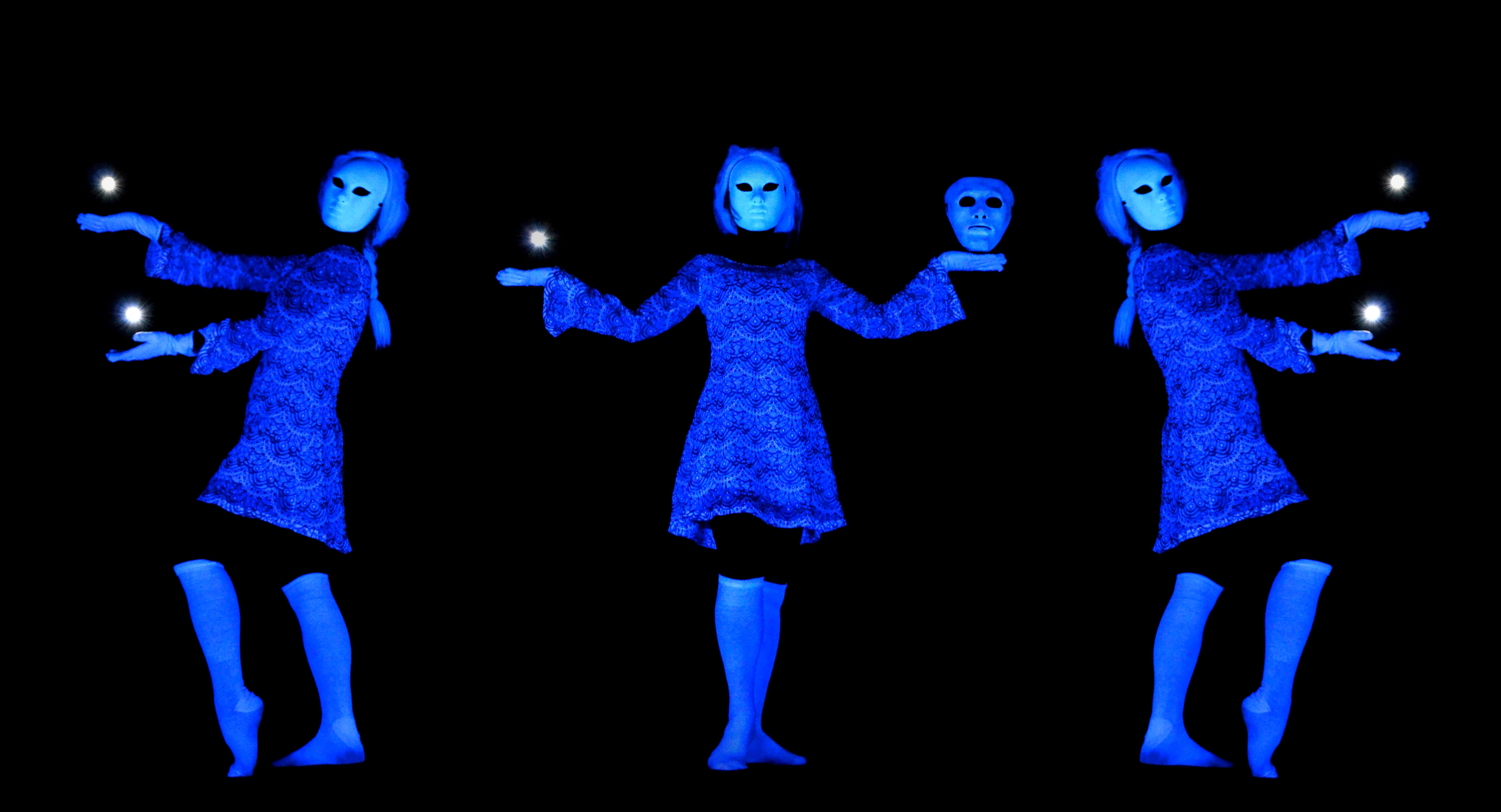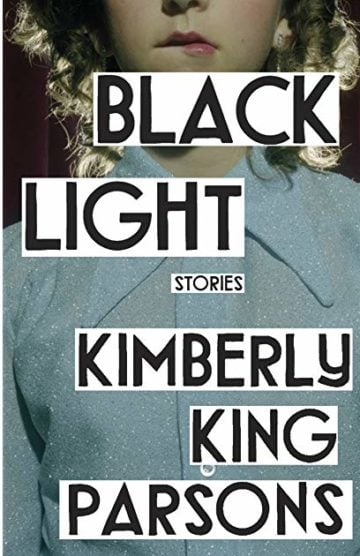
‘Black Light’ is a Weird, Wonderful Fever Dream of a Book
People glow, hunt for psychedelic mushrooms, and fall in and out of love in Kimberly King Parsons’ debut short story collection.
Some fiction lets you know exactly what it is from the outset. It’s comfortable in its genre or setting; it’s upfront with the reader about the plot, the timeframe, and the ramifications of characters’ actions. Kimberly King Parsons’ debut short story collection, Black Light, is more restless. Like many of the characters within them, these stories are constantly in flux, revealing new facets while refusing to conform to any preset template.

by Kimberly King Parsons
Vintage
$15.00; 224 pages
A sense of disorientation begins with the title. Black Light has many associations, from the light bulbs that make sweater lint glow to the literal paradox inherent in the phrase. And while some of those associations are teased out in the title story, the title’s use for the book as a whole gets at the contradictory emotions that Parsons grapples with throughout. The opening sentence of the opening story, “Guts,” establishes that we’re not quite in the land of literary realism: “When I start dating Tim, an almost-doctor, all of the sick, broken people in the world begin to glow.” The story’s narrator, previously averse to caring about others, now finds herself seeing another side of them. “People I once found gross or contagious are radiant, gleaming with need,” Parsons writes. It’s an almost-mystical epiphany made more complex by the dynamics of the relationship at the story’s center.
“Guts” treads the border of the fantastical, while later stories like “The Animal Part” and “Foxes” blend horror imagery with an unnerving ambiguity. Parsons’ forays into the uncanny are more hallucinatory than anything else, a heightening of the characters’ reality rather than a revelation that that reality is beyond what they’d imagined. “Guts” has its narrator’s borderline-transcendent visions, but it also abounds with descriptions of her boyfriend’s quiet condescension and his issues that ultimately dominate the narrative: an awkward workplace meetup, a discussion of their respective levels of intelligence. These are two characters whose contradictions might make them a great couple—he tells her he’s drawn to her because of her independence—or it might cause their relationship to implode.
Parsons was born in Lubbock and sets much of the book in Texas; the strong sense of place throughout makes for lively reading. On a single page, she alludes to alpaca farms, psychedelics, and “a truck stop trinket, something lead painted and Texas themed.” Most of the first paragraph of “Fiddlebacks” is dedicated to listing the varieties of insects that reside in and around a family’s home. And the narrator of “Foxes” describes her hometown relative to that of her onetime paramour: “him the bleak piney woods near the penitentiary, me up where Texas bludgeons Oklahoma, in a county known for making glue.”
The opening sentence of the opening story establishes that we’re not quite in the land of literary realism: “When I start dating Tim, an almost-doctor, all of the sick, broken people in the world begin to glow.”
A sense of yearning and loss connects the stories, though their tones and subjects vary wildly. The title story is narrated by a young woman whose girlfriend abandoned her after a religious conversion. “Foxes” juxtaposes a mother’s memories of her flawed romantic relationship with a story she’s telling her daughter, contrasting the hope of a fairy tale, with heroic figures, and good triumphing over evil, with a world-weary cynicism.
What characterizes many of these stories and helps them stand out is Parsons’ unpredictable yet effective way of parceling out information. “Glow Hunter” uses a fractured chronology, and the narrator’s increasingly hallucinatory state of mind after eating magic mushrooms, to gradually reveal more and more details about the connections within its group of characters. “The Light Will Pour In,” about two lovers on the road, also moves around in time and in the mind of its narrator and his girlfriend, Trish, slowly revealing aspects of their relationship, like their substantial age difference and the life the narrator abandoned prior to the events of the story. In the final paragraph, Parsons spells out what the future will hold for both characters; it’s a bravura moment, heartbreaking in an unexpected way. “Starlite,” too, ends on a moment of tension just before a critical decision is made, but one in which nearly everything that’s needed to be said has been said.
Parsons also deftly navigates questions of class, establishing the economic disparity between several sets of characters in passing without ever feeling heavy-handed or dogmatic. This ultimately leaves Black Light as a collection that, at various moments, recalls the work of Katherine Dunn, Alice Munro, and Denis Johnson. But Parsons also charts her own territory with stories that offer the promise of transcendence and desire while simultaneously threatening the pain of regret and loss. Most hauntingly, Black Light reminds readers that these sets are not mutually exclusive, nor are they anything close to predictable.
READ MORE:
-
A Riveting New History of an Ancient West Texas Canyon: Like a cross-section of the desert, David Keller’s book reveals layers of overlapping history in the spectacular and rugged Pinto Canyon.
-
‘Texas Flood’ is a Soulful Portrait of Stevie Ray Vaughan: A new biography captures Vaughan’s journey from record-obsessed Dallas kid to all-time guitar god, taking care to convey what made his music transcendent.
-
‘Seadrift’ Dredges Up a Little-Known—and Deeply Disturbing—Texas Story: An electrifying new documentary captures a forgotten conflict in the sleepy coastal community of Seadrift.


